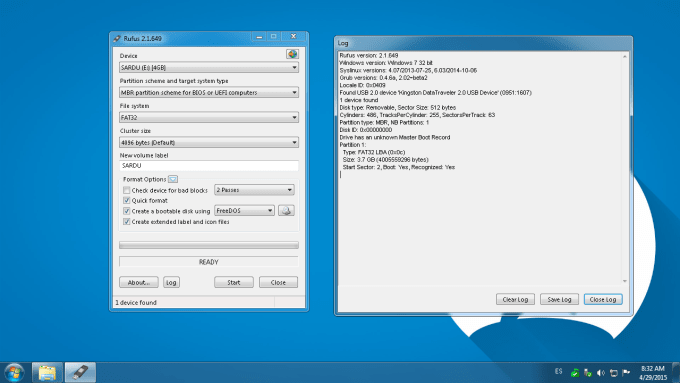

Similar to how Dan is a parody of Ryo from SNK's Art of Fighting series, Rufus seems to be similar to Bob (who was introduced around the same time) from Namco's Tekken series, a point emphasized in Street Fighter X Tekken ( explained below). Both are obese American martial artists with blond hair, have small amounts of facial hair, are incredibly fast for their size, have similar move sets and each a master of their respective fighting styles (self-taught kung-fu based on Snake style in the case of Rufus, freestyle karate in the case of Bob). Another possible inspiration could have been MMA fighter Roy "Big Country" Nelson, who is also a trained American kung fu fighter known for his long hair, beard and a big belly. One of Rufus' concept drawings in Street Fighter IV shows him with his hair down, bearing quite a resemblance to Michael's appearance. His overall appearance and concept (that of an overweight guy with long, blond hair, a beard and a love for motorcycles) could've been inspired by Michael Teutul from the reality show " American Chopper". The final concept art of Rufus seems to be inspired by Chris Farley's caricature in " Beverly Hills Ninja" and Bruce Lee's yellow jumpsuit from " The Game of Death". The development team agreed, feeling that his voice gave the character presence and fit Rufus' overall image. Feeling it would be an interesting approach, Hatano's recorded voice samples to be incorporated into the character's background music. Street Fighter IV sound director Masayuki Endou developed the character's musical theme for the title with a "freewheeling spirit" in mind due to Rufus's motorcycle and personality, utilizing an American drummer and drum set for parts of the theme. Other Capcom staff members including community manager Seth Killian have received the character warmly, noting Rufus as their favorite new character in the series. He later referred to Rufus as "quite grotesque to look at" when describing the new characters for the game. In an interview, Ono noted they made Rufus intentionally silly, adding that he could be called an "American Dan" in terms of being a joke character in the game's roster. Street Fighter IV's executive producer Yoshinori Ono likened his inclusion to that of Blanka in Street Fighter II, noting that Rufus' "over-the-top" design was intended to help set the game apart from the "really cool-looking but ultimately bland" characters of Tekken and Virtua Fighter.

Rufus's final appearance was chosen over his initial design because the developers felt he would "freak people out". The changed appearance surprised many of Capcom's staff members, including Hatano, who remarked "Wait, is that my character?" As a result, Rufus was gradually changed completely, becoming more obese and turned into a blonde, long-haired white male, a design which Ikeno later admitted was in fact rushed.

Midway through the process of recording the character's lines, however, art director Takashi Kamei proposed that they have the character be overweight, an idea Ikeno agreed with. His fighting style was intended to be "breakung-fu", mixing elements of kung fu with breakdancing, which the Street Fighter IV development team perceived as a fad in the United States at the time, and Ikeno developed the character's concept around it. Cobra was meant to be a more acrobatic counterpart to Ryu and Ken. He also had a sense of fashion, as he was drawn with a furred karate Gi, which would later be used for Ken as his alternate costume. He was initially an African-American, thin, muscular and bald man named " King Cobra". Rufus' concept design was a complete opposite from his final. Rufus was designed based upon marketing research on what sorts of characters an American audience would enjoy playing, and was one of several characters considered for inclusion during the game's development. While previous Street Fighter titles relied almost solely on Capcom's Research and Development branch, the development team instead allowed other branches of the company to give input on the design of new characters, due to the influx of fan requests from outside Japan.


 0 kommentar(er)
0 kommentar(er)
